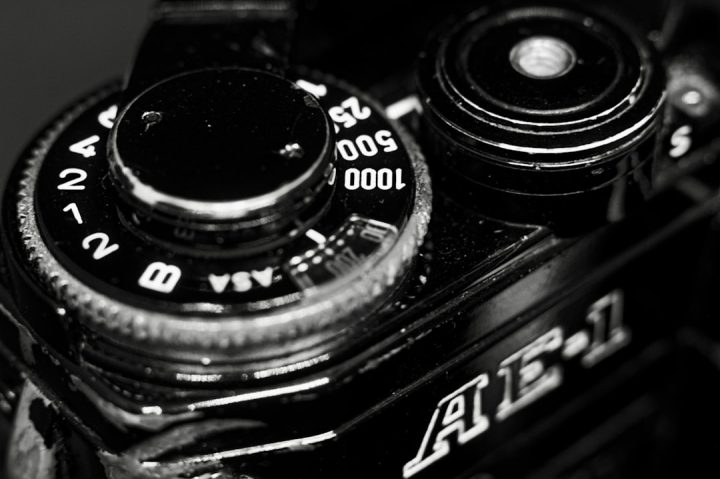Images are everywhere. They’re on websites, blogs, stores, and social media. They help make content look engaging and fun. But, they can also slow down websites if not handled properly. That’s where image optimization comes in. It’s the secret to fast, great-looking sites.
Let’s explore three modern ways to do that: AVIF format, Preloading images, and using DPR, or Device Pixel Ratio. Don’t worry! We’ll keep things simple and fun.
What is Image Optimization?
It’s just making sure your images load fast and look good. When you optimize an image, it:
- Loads faster
- Uses less data
- Improves user experience
- Keeps search engines happy
Seems magical, right? But it’s just smart techniques and tools.
Let’s Talk About AVIF
There’s a new image format on the block. It’s called AVIF (short for AV1 Image File Format).
Think of it as a super-efficient way to store images. It’s smaller than JPEG and even WebP, but still looks sharp.
It has some cool powers:
- High quality at lower file sizes
- Supports transparency (like PNG)
- Great for websites with lots of images
Let’s compare:
| Format | File Size | Quality |
|---|---|---|
| JPEG | 300 KB | Okay |
| WebP | 200 KB | Better |
| AVIF | 100 KB | Best |
So why isn’t everyone using AVIF already? The main reason is browser support. Most modern browsers like Chrome and Firefox support it, but not all. So it’s smart to provide fallback formats just in case.
Preload: Load the Right Way
Imagine you have a big image that shows up right at the top of your website. You want it to load immediately.
Enter: Preload.
Preload tells the browser, “Hey, this image is important. Load it now!”
<link rel="preload" as="image" href="hero.avif" type="image/avif">
This can dramatically help with:
- Page speed
- Perceived performance
- Boosting Core Web Vitals (Google loves this!)
Use it wisely. Don’t preload every image. Just the ones above the fold (visible when the page first loads).
DPR: One Image Doesn’t Fit All
Ever notice how sharp everything looks on an iPhone screen? That’s because of something called Device Pixel Ratio, or DPR.
Some screens (like Retina displays) have more pixels packed in. So an image that looks fine on one screen might look blurry on another.
To fix this, serve images based on the user’s screen quality.
Here’s how we do it with the srcset attribute:
<img src="image@1x.avif" srcset="image@1x.avif 1x, image@2x.avif 2x" alt="Fancy Image">
This tells the browser: “Here’s an image for regular screens, and a sharper one for high-DPR screens.”
Why does this matter? Because:
- It makes your site look polished
- Users on high-end phones get pretty images
- Users on slower connections still get fast loading
Putting It All Together
OK, imagine you’re building a homepage. You want a crisp banner image. You want it to load fast. And you want it to look nice for everyone.
You might do this:
- Export the image as AVIF (and a backup WebP or JPEG)
- Use
preloadto tell browsers to load it early - Use
srcsetfor display on high-DPR devices
Here’s what that might look like in code:
<link rel="preload" as="image" href="banner.avif" type="image/avif"> <img src="banner.avif" srcset="banner.avif 1x, banner@2x.avif 2x" type="image/avif" alt="Awesome banner">
This setup makes sure your image is:
- Small (thanks to AVIF)
- Loaded early (thanks to Preload)
- Sharp (thanks to DPR)
Your users will love it. Your Lighthouse scores will love it. You’ll love it.
Bonus Tips for Image Optimization
Here are a few extra tricks to master image optimization:
- Compress your images before uploading
- Lazy load images that are below the fold
- Use a Content Delivery Network (CDN) for faster delivery
- Try image optimization tools like Squoosh, ImageOptim, or TinyPNG
- Keep dimensions close to display size to avoid scaling
Summary Time!
Here’s a lightning recap of what we learned:
- AVIF is your new best friend for modern image formats
- Preload helps important images show up faster
- DPR makes images look sharp on all screen types
Mix them together, and you’ve got a silky smooth, super-fast site that looks sharp everywhere.
So go forth and optimize! Your images—and users—will thank you.
